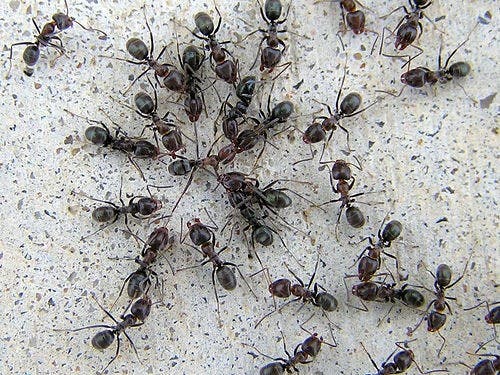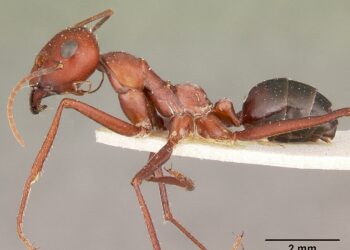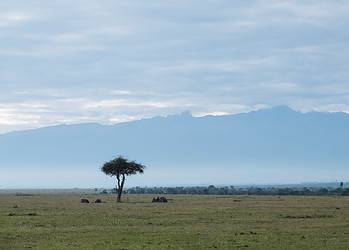Eight colonies of common ants were shipped to the International Space Station last December to study how microgravity might affect the creatures. So, how did the ants fare? Well, surprisingly good actually. The dexterous ants clung to the surface of the station and migrated freely (under supervision of course) despite weightlessness. Of course, their movements weren’t as coordinated as on Earth and since they rely on a sort of hive mind to coordinate the colony, researchers believe studying their mishaps in microgravity might aid build better robots.

The colonies were held in a small arenas and left to roam in two separate areas. According to the researchers, the ants “explored the area less thoroughly” and “took more convoluted paths” which is likely due to the difficulties of holding on the surface as a result of microgravity. Nevertheless, the ants were agile when climbing surfaces and , most surprisingly, rebounded rather successfully when they slipped.
“The ants showed an impressive ability to walk on the surface in microgravity, and an even more remarkable capacity to regain their contact with the surface once they were tumbling around in the air,” researchers wrote in the journal Frontiers in Ecology and Evolution.
When the ants lost contact with the station’s surface, it was usually because they tumbled or skidded too rapidly. When they fell, the ants turned in the air or quickly skipped in a direction, suggesting they were exerting great pressure on the surface walls. Though bees and ant colonies both have queens, these do not control the colony – they mainly have reproduction responsibilities. Thus, the colony coordinates itself through a hive mind emerging from uncoordinated decisions made by individuals (read Out of Control by Kevin Kelly, the most brilliant book on the subject). For instance, take foraging trails: the long, tiny highways used by ants to shuffle food like leaves or bread crumbs back and forth to the colony. These form when ants leave a chemical path sprinkled with pheromones. Since the ants have a slight tendency to move towards the pheromone, they follow the chemical path and reinforce it, soon forming a trail. It’s enough for one ant to start the trail, and the rest follow suit. This kind of behaviour makes it possible for colonies to solve challenging problems, like finding the shortest path to food, without any kind of centralized planning or decision making.
In microgravity, many areas were virtually unexplored by the ants, something that was highly unlikely to happen with control ants back on Earth. By learning what helps or, on the contrary, hamper collective search operations researchers pave the ways for intelligent, similarly hive-mind robot swarms.






